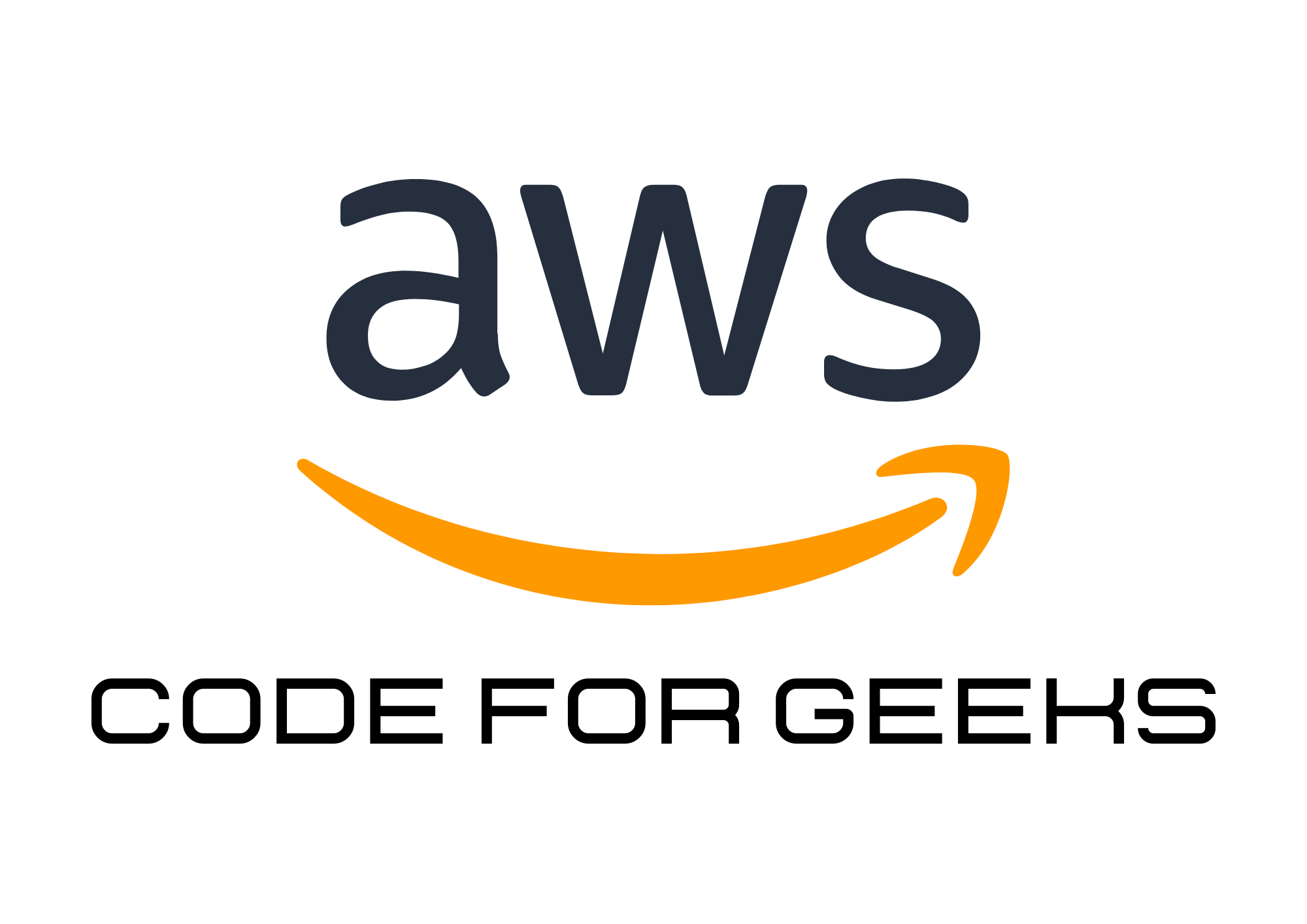Securing Your Cloud: The Basics
When you deploy an application in AWS, securing your network is critical. Two key tools in AWS make this easy: Security Groups and Network ACLs (Access Control Lists). While they both manage traffic, they operate at different layers and serve distinct purposes.
This guide will help you understand their differences, use cases, and how to configure them effectively.
What Are AWS Security Groups?
Security Groups act as virtual firewalls for your AWS resources. They control inbound and outbound traffic at the instance level.
Key Features of Security Groups:
- Stateful: If you allow incoming traffic on a port, the corresponding outgoing traffic is automatically allowed.
- Instance-Level Control: Attach Security Groups directly to EC2 instances, RDS databases, or other supported resources.
- Allow Rules Only: Security Groups only support “allow” rules—you define what’s permitted, and everything else is denied by default.
Common Use Case:
- Allowing SSH traffic (port 22) to an EC2 instance from a specific IP address.
What Are Network ACLs?
Network ACLs (NACLs) provide an additional layer of security at the subnet level. They control inbound and outbound traffic for entire subnets within a Virtual Private Cloud (VPC).
Key Features of Network ACLs:
- Stateless: Inbound and outbound rules are evaluated separately—you must explicitly allow both directions.
- Subnet-Level Control: Apply NACLs to subnets, and all resources in those subnets inherit the rules.
- Allow and Deny Rules: NACLs let you specify both “allow” and “deny” rules, giving more granular control.
Common Use Case:
- Blocking a specific IP address from accessing any resources in a subnet.
Security Groups vs. Network ACLs: A Comparison
| Feature | Security Groups | Network ACLs |
|---|---|---|
| Scope | Instance level. | Subnet level. |
| Stateful/Stateless | Stateful: Tracks session state. | Stateless: Rules for each direction. |
| Allow/Deny Rules | Only allows traffic. | Allows and denies traffic. |
| Default Behavior | All inbound and outbound traffic is denied by default. | All inbound and outbound traffic is allowed by default. |
| Best For | Resource-specific rules. | Broad subnet-level traffic control. |
How They Work Together
Security Groups and NACLs complement each other:
- Security Groups protect individual resources.
- Network ACLs provide a subnet-level security layer.
For example:
- Use a Security Group to allow SSH access to a specific EC2 instance.
- Use a NACL to block all traffic from a malicious IP address at the subnet level.
Step-by-Step: Configuring Security Groups and NACLs
Configuring a Security Group
- Log In to AWS Management Console
Go to the EC2 Dashboard and select Security Groups. - Create a New Security Group
- Define inbound rules:
- Allow SSH (port 22) from your IP address.
- Allow HTTP (port 80) for web traffic.
- Define outbound rules:
- Allow all traffic (default).
- Define inbound rules:
- Attach to an EC2 Instance
Assign the Security Group to your EC2 instance during creation or via the instance settings.
Configuring a Network ACL
- Log In to AWS Management Console
Go to the VPC Dashboard and select Network ACLs. - Create a New NACL
- Define inbound rules:
- Allow HTTP (port 80) from all sources.
- Deny traffic from a specific IP address.
- Define outbound rules:
- Allow all traffic (e.g., to send logs to an external system).
- Define inbound rules:
- Associate with a Subnet
Apply the NACL to the desired subnet in your VPC.
Best Practices for Security Groups and NACLs
- Least Privilege Access
Only allow traffic that’s necessary for your application to function. - Use Descriptive Names
Name your Security Groups and NACLs to reflect their purpose, e.g.,WebServer-SGorDeny-Malicious-IP. - Monitor and Audit Regularly
Use AWS tools like VPC Flow Logs and AWS Config to monitor traffic and ensure compliance. - Combine Rules
Use Security Groups for resource-specific rules and NACLs for subnet-wide rules. - Enable Logging
Turn on VPC Flow Logs to capture traffic flow for debugging and auditing.
Real-Life Example: A Secure Web Application
A company deploys a web application with the following setup:
- Security Groups:
- Web servers allow HTTP (port 80) and HTTPS (port 443) traffic.
- Databases allow MySQL (port 3306) traffic only from the web servers.
- Network ACLs:
- Block all traffic from a range of suspicious IPs.
- Allow all outbound traffic for sending logs to an external monitoring system.
This layered security approach ensures the application is both functional and protected from potential threats.
Pro Tips for Managing Security Groups and NACLs
- Avoid Overlapping Rules
Ensure rules in Security Groups and NACLs don’t conflict, as this can create unexpected behavior. - Leverage AWS Firewall Manager
Use AWS Firewall Manager for centralized management of security rules across multiple accounts. - Document Your Rules
Maintain clear documentation of your Security Group and NACL configurations to simplify troubleshooting and updates.
Conclusion: Layered Security Done Right
AWS Security Groups and Network ACLs are foundational tools for securing your cloud resources. By combining their strengths, you can build a robust security architecture that protects both individual resources and entire subnets.
Ready to secure your AWS environment? Start by auditing your Security Groups and NACLs today and ensure your applications are protected.

